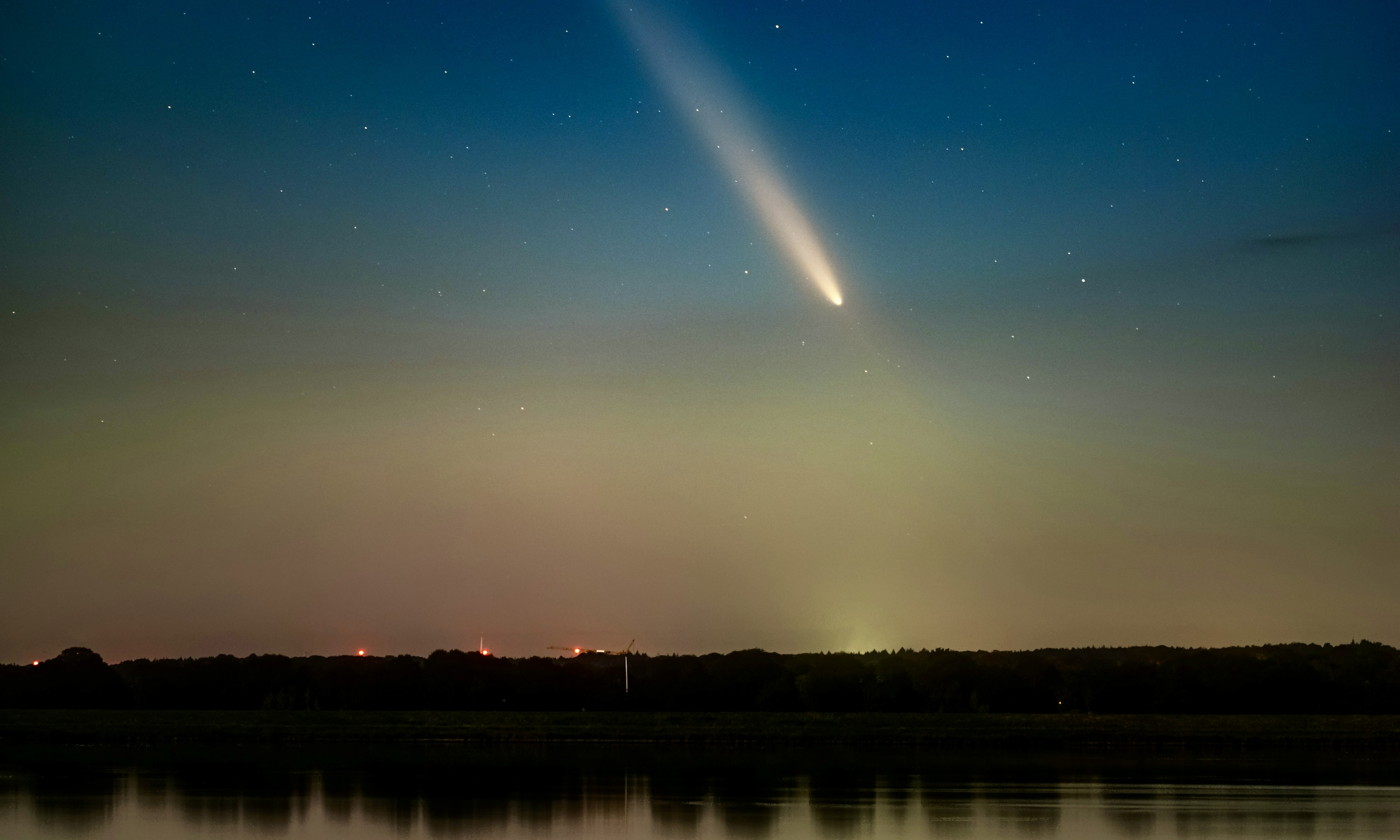Copyright Staten Island Advance

On Sunday, Nov. 2, we head back into Standard Time and say goodbye to Daylight Saving Time until March 8, 2026. This requires us to turn our clocks back at 2 a.m. Sunday and get an extra hour of sleep before our usual wake-up time. Many of the devices we depend on for time rely on GPS satellites, so they reset themselves if the “set automatically‘’ function is chosen. They may also set themselves according to atomic clocks. So there’s not much for most of us to do. Manual clocks, like those on walls and appliances, in our cars and grandfather clocks, need our help, though. Sunrise, sunset times On Saturday, Nov. 1, sunrise in New York was 7:26 a.m., while on Sunday, Nov. 2, it will happen at 6:27 a.m., according to timeanddate.com, making things a bit brighter as most of us start our day. On the other side of things, sunset on Saturday is 5:51 p.m., while on Sunday, we’ll greet darkness at 4:50 p.m., making our day seem shorter. But darkness has been taking over a bit more anyway, as we creep into winter. The days will continue to get shorter, with the sun rising later and setting sooner, until Sunday, Dec. 21, known as the winter solstice. That’s because of the tilt of the Earth’s axis as it orbits around the sun, according to sciencing.com, a website that addresses questions about science, engineering and mathematics. During summer in the Northern Hemisphere, the North Pole is tilted toward the sun, which gives us longer daylight hours, according to the website. But as the Earth continues its orbit, the Northern Hemisphere starts to tilt away from the sun. This causes shorter days and longer nights, the website stated. Once we reach the solstice, days begin to gradually get lighter until we jump back into Daylight Saving Time just as we prepare for spring and warmer weather. Like it or not? While a lot of people enjoy the time change and look forward to more hours of sunlight in the evening during warmer months, not everyone agrees. Many think the time switch twice a year is unhealthy or hurts productivity. Two states still opt out of changing the clocks: Arizona and Hawaii. They remain in Standard Time all year long. Lawmakers in New York have been considering the value of opting out of the practice in recent years. Studies have even shown that the time change is unhealthy. Six bills were introduced in 2025 in the state Assembly and Senate. Three advocate for permanent Standard Time, introduced by State Sen. Leroy Comrie and New York State Assemblymembers Angelo Morinello and Jeffrey Dinowitz. Another three seek permanent Daylight Saving Time. They were introduced by Assemblymember Dana Levenberg, Sen. Joseph Griffo and Sen. James Skoufis. They bills are currently awaiting committee action; the Legislature reconvenes in 2026. It isn’t the first time such legislation was introduced. During the fall 2023 legislative session, lawmakers introduced bills in the New York State Assembly and Senate to make Daylight Saving Time permanent, but no vote took place before they expired.



